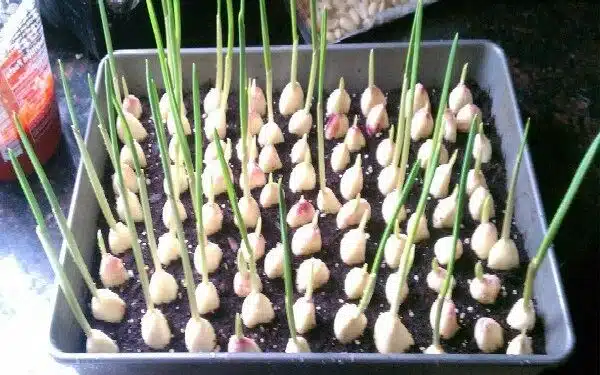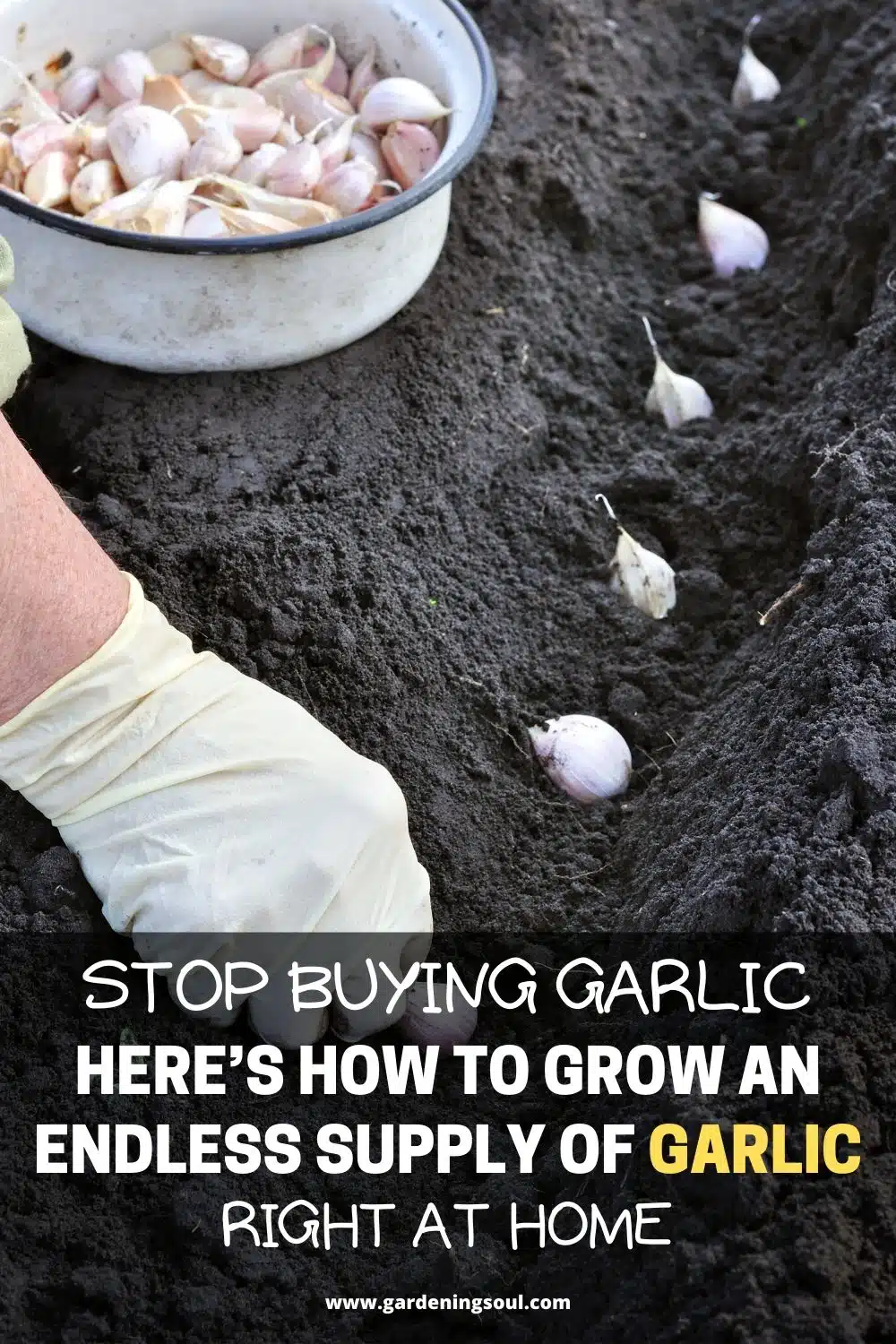Stop Buying Garlic. Here’s How To Grow An Endless Supply Of Garlic Right At Home

Alongside green onions, garlic stands as one of the most health-friendly plants you can cultivate at home. While its taste and odor may not be your favorite, consuming a whole garlic bulb daily can work wonders for your body.
Garlic is a humble food with potent healing properties. It boasts a wealth of nitrogenous substances, sodium, potassium, selenium, calcium, magnesium, silicon, sulfuric and phosphoric acids, as well as vitamins C, D, and B. Additionally, it contains phytosterols, extractives, and essential oils.

Notably, it contains allicin, a phytoncide formed when the plant is mechanically broken down. This means that to harness the maximum benefits of this component, you should crush or grind your garlic.
Scientists believe that allicin possesses a powerful bacteriostatic effect that accelerates healing from infections. Furthermore, garlic is rich in anti-fungal agents, making it a potent contender against many of today's antibiotics.

How To Grow An Endless Supply Of Garlic Indoors
- several garlic bulbs (or heads)
- organic potting soil
- 1 planting pot
First, a word of warning!
Much of the garlic sold at grocery stores is treated with a hormone that prevents cloves from sprouting to prolong their shelf life.
For best results, either use organic garlic or wait until you see the garlic begins to sprout on its own, often forming nubbins of roots at the same time. If you take a closer look, you might even see cloves sprouting at the store!
Instructions:
- Select high-quality garlic heads.
- Take a large pot and fill it with potting soil.
- Separate the cloves and plant each vertically at a depth of 1 inch.
- Cover the cloves with an additional inch of soil. Place the pot in a sunlit area.
- Water the pot when the soil begins to dry, following the same regimen as you would for any indoor plant.
- Trim the greens when they reach 3-4 inches in height, leaving an inch for regrowth.
Take good notice of this as well:
At some point of time, the greens will stop growing. When they dry up and turn brown, dig out the cloves and each of them should have formed a full bulb. Take a clove from that bulb and start all over.
When to plant garlic
In fall, plant cloves in well-drained beds after the first frost has passed and the soil is cool. Cloves can also be planted in late winter as soon as the soil thaws, but fall-planted garlic produces bigger, better bulbs.
Garlic likes a lot of moisture, but will start to develop yellow leaves if they stay wet for too long. Since garlic loves cold weather, experimenters from zones 9-11 might be better off choosing another variety through mail order. On the bright side, you can also grow elephant garlic using the same instructions and it typically performs much better in warmer climates than its smaller cousin.

Garlic types to try
Soft neck types grow best where winters are mild, though some tolerate cold to Zone 5. Most varieties do not produce scapes (edible curled flower stalks), but soft necks are great for braiding. Subtypes include Creole, artichoke and many Asian varieties.
- Soft Neck Types: Flourish in milder winters, with some tolerating cold down to Zone 5. Most of these varieties do not produce scapes (curled edible flower stalks), but they are ideal for braiding. Subtypes include Creole, artichoke, and numerous Asian varieties.
- Hardneck Types: Suited for colder climates, all of these produce delectable curled scapes in early summer. Popular subtypes include porcelain, purple stripe, and rocambole varieties.
- Elephant Garlic: Yields a sizable, mild-flavored bulb composed of 4 to 6 large cloves. Closely related to leeks, elephant garlic thrives in Zone 5 with adequate winter mulching.

Source: https://gardeningsoul.com
DISCLAIMER: THIS WEBSITE DOES NOT PROVIDE MEDICAL ADVICE The information, including but not limited to, text, graphics, images and other material contained on this website are for informational purposes only. The purpose of this website is to promote broad consumer understanding and knowledge of various health topics. It is not intended to be a substitute for professional medical advice, diagnosis or treatment. Always seek the advice of your physician or other qualified health care provider with any questions you may have regarding a medical condition or treatment and before undertaking a new health care regimen, and never disregard professional medical advice or delay in seeking it because of something you have read on this website.
